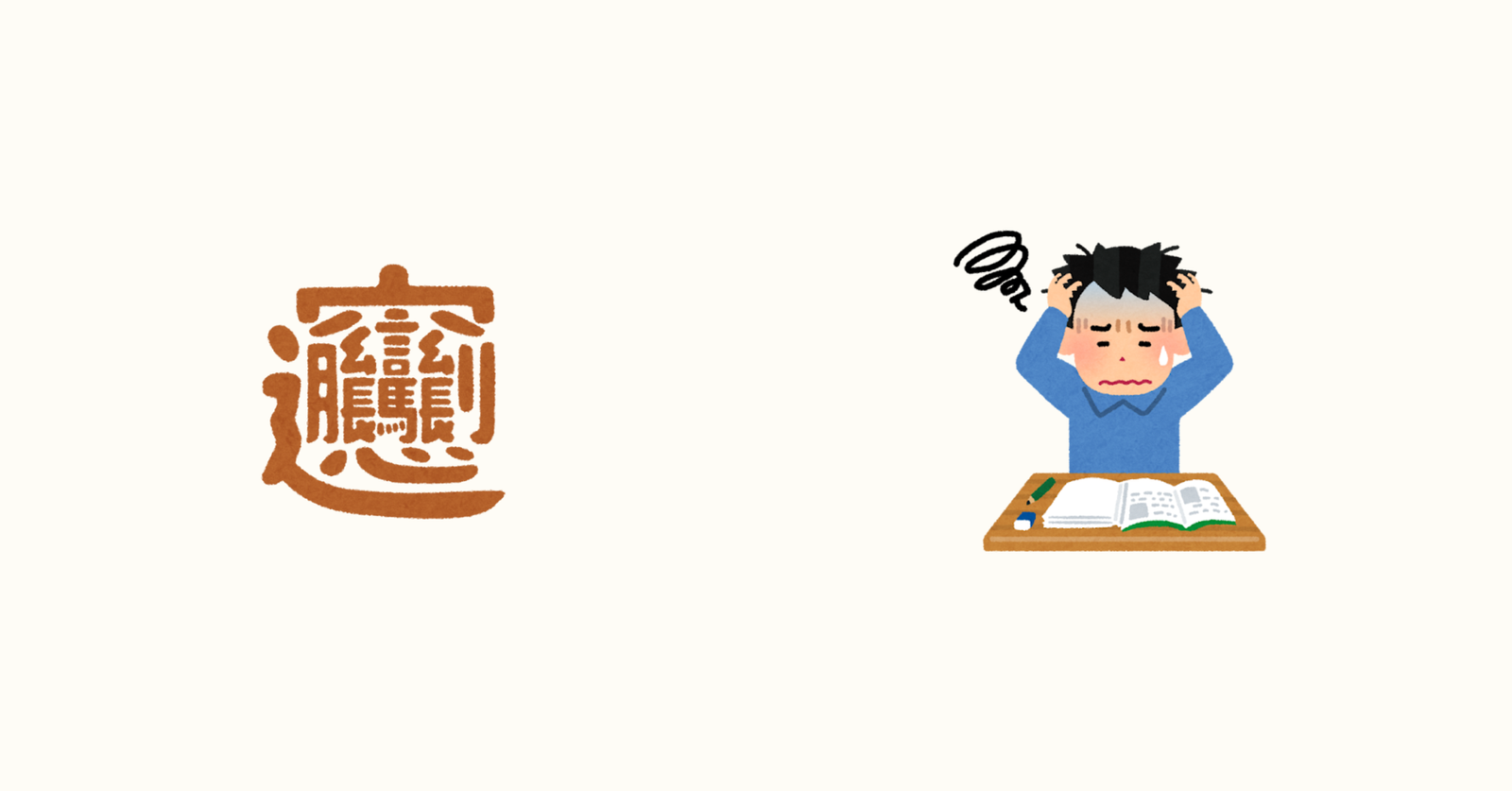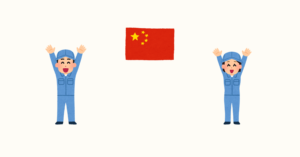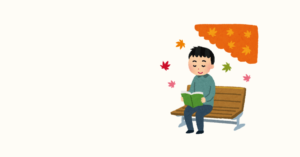As a Chinese person, I sometimes get questions from my friends about Chinese characters, like (a) how many Chinese characters are there, (b) how Chinese characters work, (c) how to draw Chinese characters.
These questions are fun and worth it to write a post to answer them in detail. But I don’t mind giving quick answers here if you don’t feel like reading the whole article.
(a) There are various theories, but according to Zhonghua Zihai, there are 85,568 Chinese characters in total.
(b) Chinese characters differ from letters in an alphabet; each character has its own meaning and pronunciation.
(c) Writing Chinese characters isn’t like drawing a picture, as many people assume. Each character has specific strokes that need to be followed in standard calligraphy.
Well, if you’d like to know more, keep reading!
1. An Overview of Chinese Characters
As the name suggests, Chinese characters are used in the Chinese language. However, that’s not the full picture. They are also used in Japanese, Korean, and Vietnamese, and even in some smaller languages.
In each language, Chinese characters are called by different names:
Chinese: Hanzi
Japanese: Kanji
Korean: Hanja
Vietnamese: Chữ Hán
You’ll notice that almost all of these names include a pronunciation similar to “Han.” Why? Over 91% of Chinese people belong to the Han ethnic group (汉), so the Chinese language is often referred to as the “Han language.” Chinese characters were also created by the Han people.
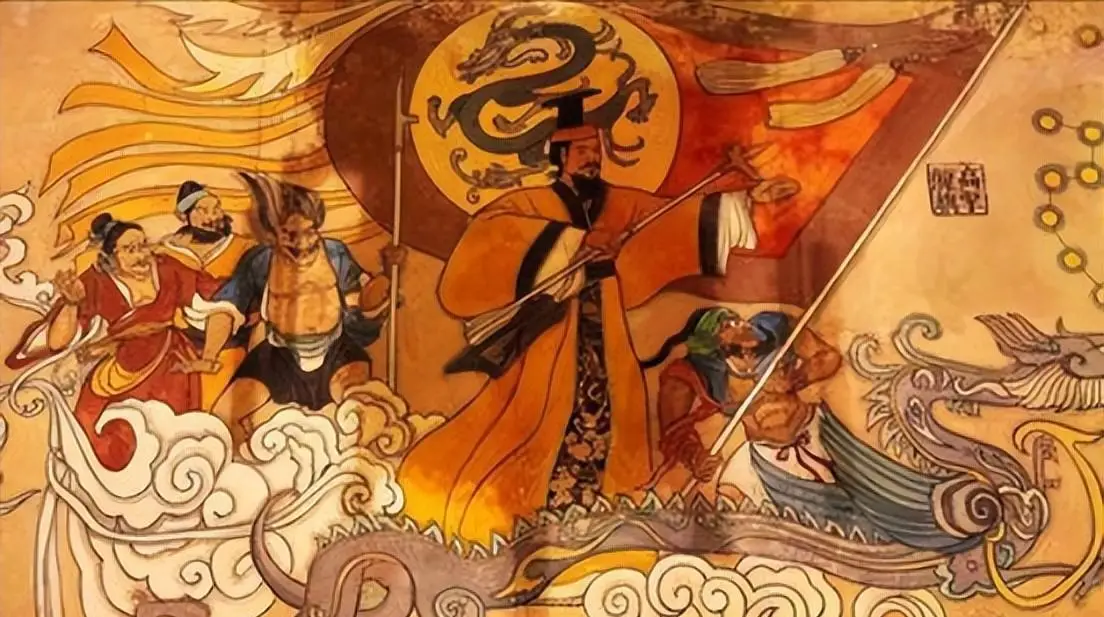
As I mentioned in the introduction, there are over 80,000 Chinese characters in existence. I know—it sounds overwhelming! But in reality, people don’t use nearly that many in daily life. The most commonly used characters vary across these languages:
Chinese: 3,500 ones
Japanese: 2,000 ones
Korean: 300-500 ones
Vietnamese: 100 ones
Chinese characters are essential in both modern Chinese and Japanese. In Chinese, the language is written entirely in Chinese characters. In Japanese, however, the writing system also includes Hiragana and Katakana, which are important alongside Chinese characters.
Korea and Vietnam both launched campaigns to abolish Chinese characters as national identities strengthened in the 20th century. As a result, Korean is now primarily written in Hangul (a phonetic alphabet system), while Vietnamese uses Latin letters.
However, Chinese characters still play a role in both Korean and Vietnamese languages on certain important occasions. For example, every Korean person has a name written in Chinese characters on their ID card. In addition, Vietnamese people use Chinese characters in some traditional practices.
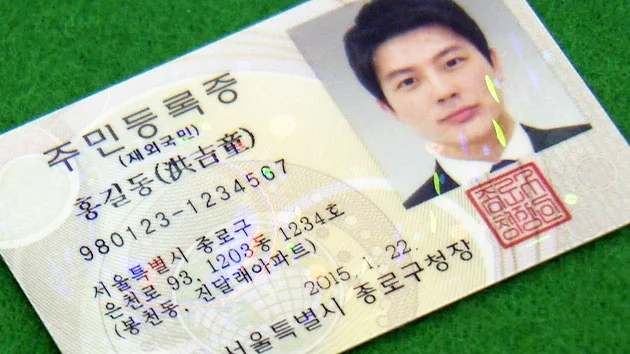
2. How Chinese Characters Work
I understand that it can be a bit challenging for English speakers to grasp how Chinese characters function. In English, we have 26 letters that combine to form different words, and these letters have no meaning on their own. While English letters are not entirely phonetic like those in Spanish, there are certain rules to follow. This is not the case for Chinese characters.
As mentioned earlier, Chinese characters are not only used in the Chinese language. However, to better explain how they work, the following descriptions will focus on their use in the Chinese language.
First, every Chinese character has its own meaning. You can also combine characters to form words. For example, 糖 means “sugar,” 尿 means “pee,” and 病 means “illness.” When we combine them, 糖尿病 does not translate to “sugar pee illness,” but rather “diabetes.” This is because diabetes is characterized by sustained high blood sugar levels, and patients often have sugar in their urine.
Many Chinese characters have more than one meaning. For example, the character “诉” can be generally translated as “to tell,” “to sue,” “to appeal,” or “to request.” The specific meaning it conveys depends on the characters it combines with. This versatility is one of the unique aspects of Chinese characters.
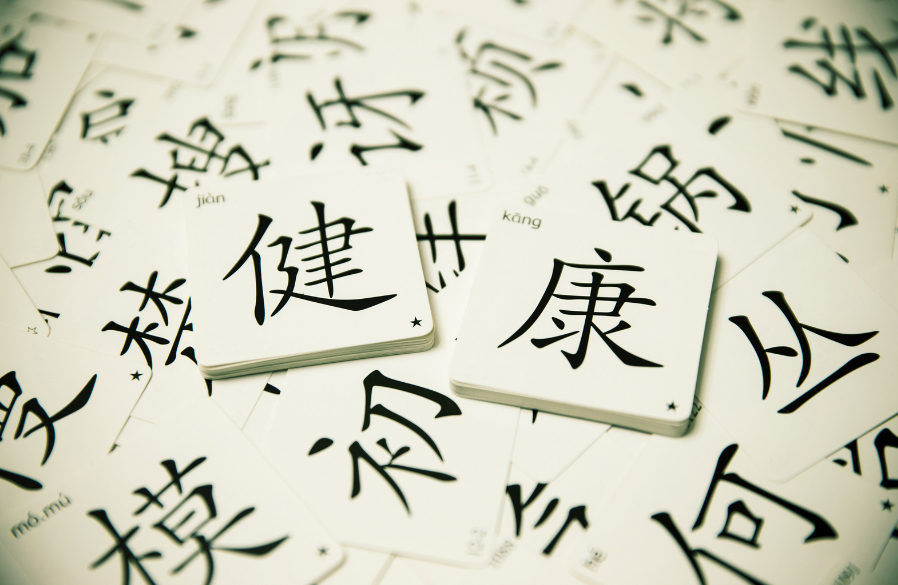
Second, each Chinese character has its own pronunciation. You cannot determine how a character is pronounced just by looking at it; you have to memorize each one individually. For example, “羌” is pronounced as “qiāng,” while “芜,” which looks quite similar, is pronounced as “wú.” However, there are some patterns to follow with Chinese characters. For instance, “包” (to wrap) is pronounced as “bāo,” while “抱” (to hug) is pronounced as “bào.”
Third, each Chinese character has its own specific strokes and forms. This means you need to remember how they look and how to write them according to the stroke order rules, one by one. However, in modern life, typing has made it much easier to write Chinese characters. You can type them using a transliteration method in both Chinese and Japanese languages!
Many people think Chinese characters resemble paintings, and this perspective is not without merit. A significant portion of Chinese characters are indeed pictographs. Below is a great example illustrating how the character “魚” (fish) has evolved over time.

In this section, we’ve explored how Chinese characters function in terms of meaning, pronunciation, and writing. Chinese characters represent one of the most unique writing systems in the world, as most others, such as English, Russian, Arabic, Hindi, and Mongolian, are written phonetically. Additionally, Chinese is the only living language that does not have an alphabetic system, which contributes to its reputation as one of the most challenging languages to learn in any ranking.
3. History of Chinese characters
As mentioned above, Chinese characters hold significant importance in East Asian society. They essentially serve as a connection that forms the cultural sphere known as the Sinosphere. Chinese characters are not merely a writing system; they also convey Chinese classical philosophy, culture, and much more.
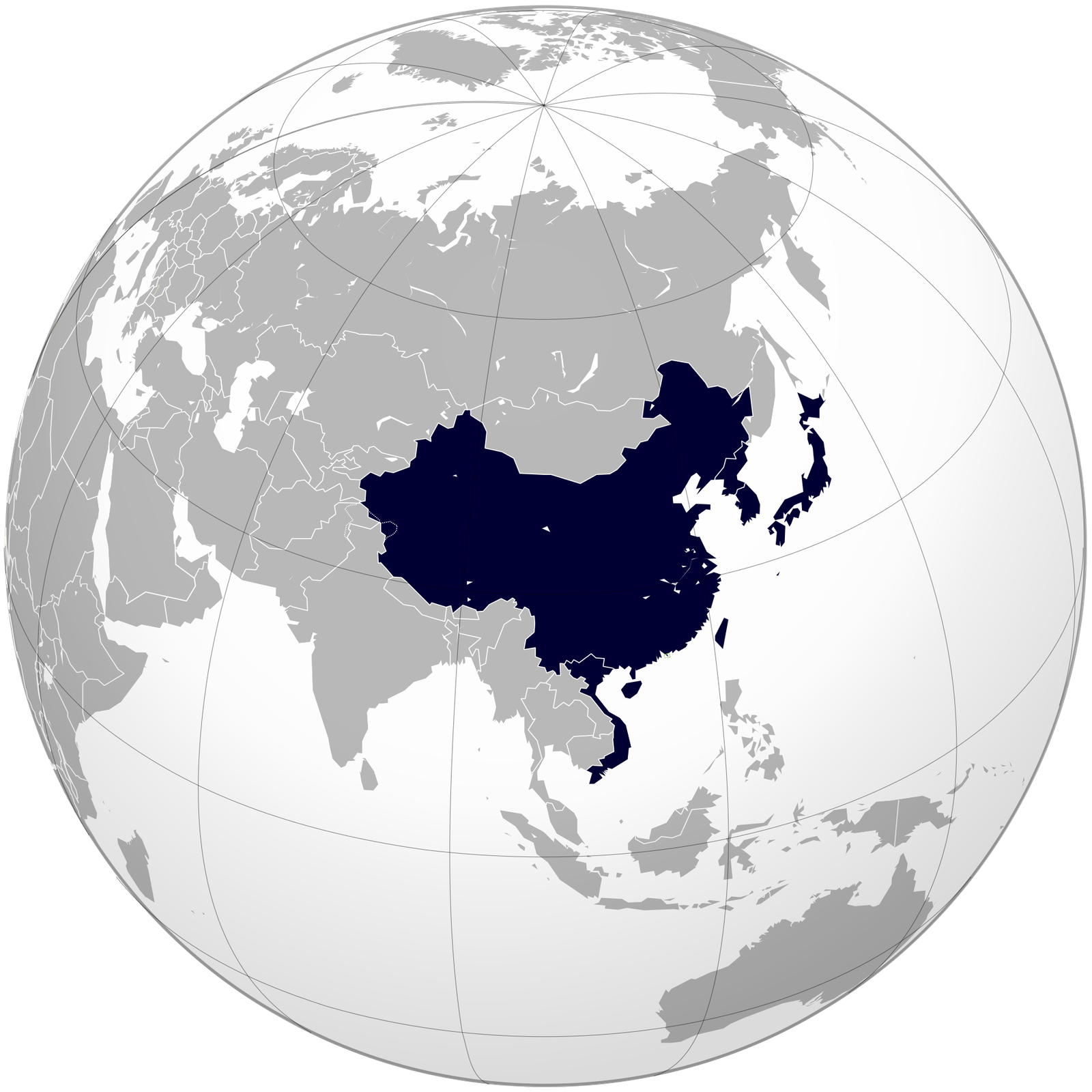
But how were Chinese characters created? The complete history of their origins can be quite complex. Let’s take a look at a basic overview!
The earliest recorded characters date back approximately six thousand years. There are many theories about their creation, but the most famous one attributes their invention to a tribal leader named Cangjie during the era of the Yellow Emperor (Huangdi).
Initially, people could only record simple things and concepts by tying knots in ropes. However, the amount of information that these rope knots could convey was quite limited. Cangjie began to explore other ways to record information more effectively.
He drew inspiration from the paws of animals and birds, observing and collecting ideas from them. Under his leadership and with the help of many common people, a series of symbols were created after decades of effort. This marks the earliest form of Chinese characters.
Currently, the standard fonts for Chinese characters are Kaishu. However, Chinese characters did not always look like this; they have evolved significantly over thousands of years in terms of form. The image below can provide some insight into this evolution.
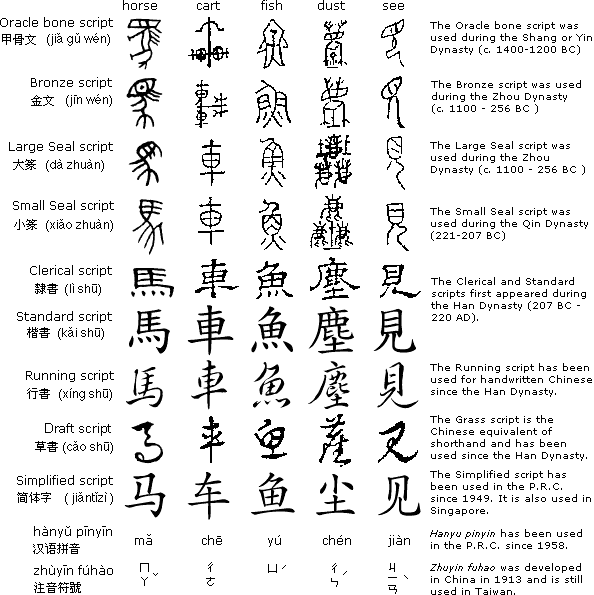
Can people today still recognize all of these forms? I believe most Chinese people can recognize them to the extent of Clerical script without having to study most of them specifically.
Chinese characters not only contributed to the literacy of the Chinese population but also brought literature to neighboring countries. As mentioned earlier, both the Chinese and Japanese languages continue to use Chinese characters, while Korean and Vietnamese languages historically employed them as well. Before the modern era, Chinese characters served as the only international written language in the East Asian region.
In the modern era, there are primarily two forms of Chinese characters: traditional and simplified. Mainland China underwent a simplification revolution to make it easier for people to learn the characters. As a result, people in mainland China now use simplified characters, while those in Hong Kong, Macau, and Taiwan continue to use traditional characters. Japan has also simplified some characters, but it retains most of the traditional forms.
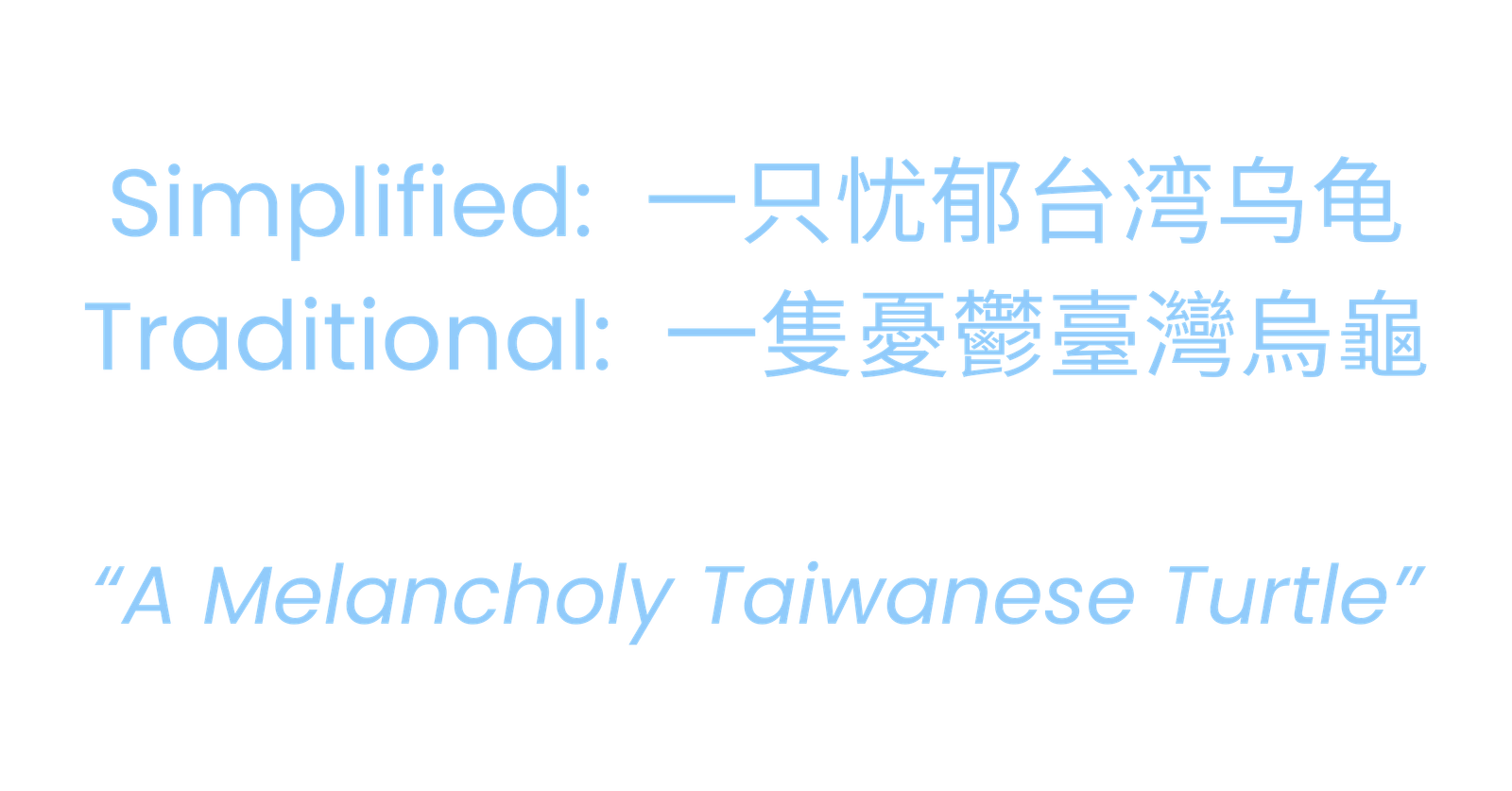
4. Q&A
4-1. Is it also hard for Chinese people to learn Chinese characters?
Yes, it can be challenging too! We also practiced hard when we were children in elementary school. Practicing strokes is essential in Chinese language courses. While English speakers can often write their names at a very early age, we had to invest much more effort into learning how to write ours in Chinese characters!
4-2. Do users of Chinese characters need to search for the meanings of characters in their daily life?
Yes, we may occasionally encounter unknown characters. Sometimes we don’t know how to pronounce a character, other times we may not know its meaning, and in some cases, we might be unsure of both. However, this is common in all languages; English speakers also search for unfamiliar vocabulary from time to time.
4-3. What is the best way to learn Chinese characters?
The method of acquiring Chinese characters can be complex, but here’s a quick trick! From my perspective, the essence of Chinese characters lies in their multidimensional nature. I like to use a metaphor: every character is like flour. Just as you can use flour to make cake, bread, shakes, dumplings, and many other foods, you can combine different elements with each character to create various meanings.
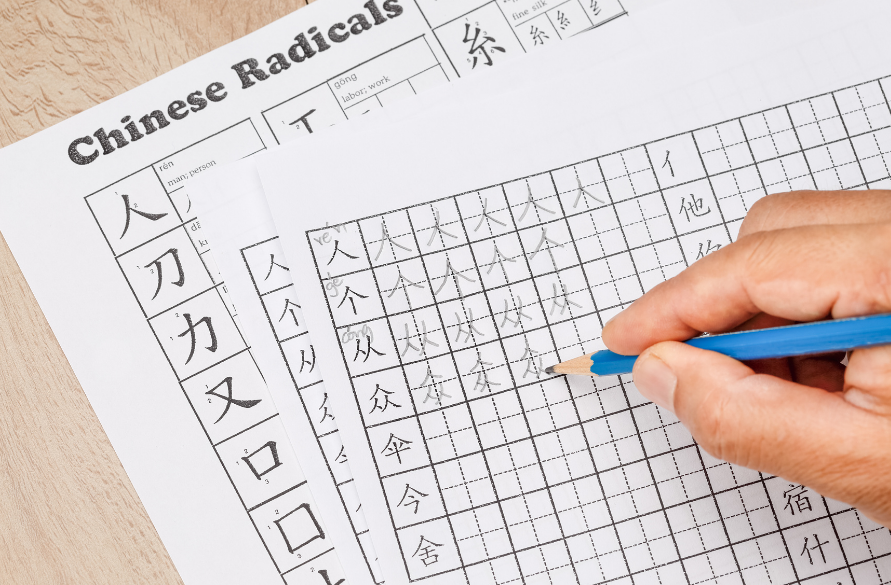
So it’s important to always remember the fundamental nature of each character, just as you are well aware of the properties of flour. Keeping this in mind will make your journey of learning Chinese characters much easier!
4-4. How to get a name in Chinese characters?
I know that can be fun, right? Essentially, names can be translated into Chinese characters based on their pronunciation. For example, “William” can be written as “威廉 (Wēi lián).” These types of names typically do not carry any specific meaning and are often seen as foreign by Chinese character users. You can easily get one by using Google Translate or ChatGPT!
On the other hand, you can also choose a name with an actual meaning, but this usually requires assistance from native speakers!
4-5. Are simplified characters and traditional characters mutually intelligible?
Yes, users of both simplified and traditional characters can generally recognize each other’s writing with a bit of familiarity. The distinction between simplified and traditional characters mainly pertains to their forms, rather than any differences in dialects.
Mandarin speakers in mainland China use simplified characters and can easily understand Mandarin spoken by Taiwanese people, who use traditional characters. However, while Hong Kong residents also use traditional characters, Taiwanese people might find it challenging to understand Cantonese, as the two dialects are quite different and require some prior learning.
